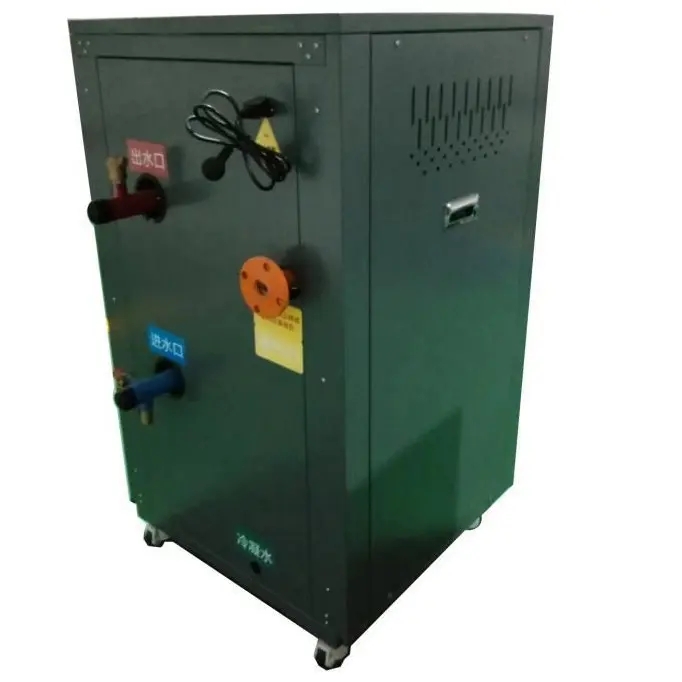Tet . 22, 2024 00:50 Back to list
Durable Ductile Iron Castings for ODM Railway Accessory Solutions and Applications
The Importance of Ductile Iron in Railway Accessory Casting
Ductile iron has become a popular material in various industries, particularly in the manufacturing of railway accessories. Its unique properties make it an ideal choice for casting components that must endure heavy loads, resist wear and corrosion, and withstand varying environmental conditions. This article delves into the advantages of ductile iron in railway accessory casting and highlights its applications, benefits, and future prospects.
Understanding Ductile Iron
Ductile iron, also known as nodular cast iron or spheroidal graphite iron, is a type of iron alloy that exhibits remarkable mechanical properties. The inclusion of small amounts of elements such as magnesium during the production process transforms the microstructure of graphite from flakes to nodules. This modification results in improved ductility, tensile strength, and impact resistance, making ductile iron suitable for a wide range of applications, especially in railway systems.
Advantages of Ductile Iron in Railway Accessory Applications
1. High Strength and Toughness Ductile iron’s impressive tensile strength allows it to carry heavy loads encountered in railway operations. Components like rail clamps, track shoes, and assorted fittings experience significant stresses, and the robustness of ductile iron ensures they can withstand these demands without failure.
2. Impact Resistance Railway accessories are subjected to severe conditions, such as vibration and shock loads. Ductile iron’s toughness enables it to absorb energy from impacts, which is crucial in maintaining the structural integrity of railroad systems.
3. Corrosion Resistance The railway environment poses challenges due to moisture, chemicals, and varying temperatures. Ductile iron castings can be treated or coated to enhance their corrosion resistance, extending their service life and reducing maintenance costs.
4. Versatile Casting Techniques Ductile iron can be cast into complex shapes and sizes using various molding techniques. This versatility allows manufacturers to produce intricate designs that meet specific engineering requirements while minimizing waste.
5. Cost-Effectiveness Compared to other high-strength materials, ductile iron is often more cost-effective. It strikes a balance between performance and price, making it an economical choice for railway accessory production.
Applications in Railway Systems
odm railway accessory ductile iron casting

Ductile iron casting plays a critical role in various railway accessories, including
- Railway Sleeper Plates These components help distribute loads from the rails to the sleepers and ground, ensuring stability and safety. - Track Switches and Crossings Ductile iron is essential for producing parts that facilitate the changing of tracks, supporting the rail network's flexibility and efficiency.
- Holders and Clamps These accessories secure rails and other components, requiring materials that can withstand dynamic loads and environmental challenges.
- Brackets and Housings Ductile iron is often utilized in brackets that support signaling and communication equipment essential for modern railway operations.
Future Prospect of Ductile Iron in Railway Industry
As the railway industry continues to evolve, the demand for innovative materials that promise efficiency, sustainability, and resilience is rising. Ductile iron is likely to remain at the forefront of this evolution, primarily due to advancements in manufacturing processes and material science.
Future trends may include the integration of smart technologies into ductile iron components, such as sensors that monitor wear and tear in real time. This capability could revolutionize maintenance practices, shifting from reactive to predictive approaches, ultimately enhancing safety and reducing costs.
Moreover, as sustainability gains precedence in industrial practices, ductile iron casting can be adapted to incorporate recycled materials. Such practices align with global efforts towards reducing environmental impact, making ductile iron an even more attractive choice.
Conclusion
In summary, ductile iron casting stands out as a pivotal element in the production of railway accessories. Its superior mechanical properties, versatility, and cost-effectiveness make it indispensable in an industry that requires safety, durability, and performance. As technology advances and sustainability becomes more prominent, ductile iron's role is poised to grow, solidifying its status as a cornerstone of railway infrastructure. The future looks bright for ductile iron, ensuring its relevance in the ever-evolving landscape of railway technology.
-
Centrifugally Cast Iron Water Main Pipe for Reliable Mains
NewsAug.22,2025
-
Durable Centrifugally Cast Iron Water Main Pipe
NewsAug.11,2025
-
Centrifugally Cast Iron Water Main Pipes for Reliability
NewsAug.10,2025
-
High-Quality Centrifugally Cast Iron Water Main Pipes
NewsAug.09,2025
-
Durable Cast Iron Water Main Pipe & Drainage Solutions
NewsAug.08,2025
-
Buy Cast Iron Pipe: Premium Ductile Iron & Drain Solutions
NewsAug.07,2025


